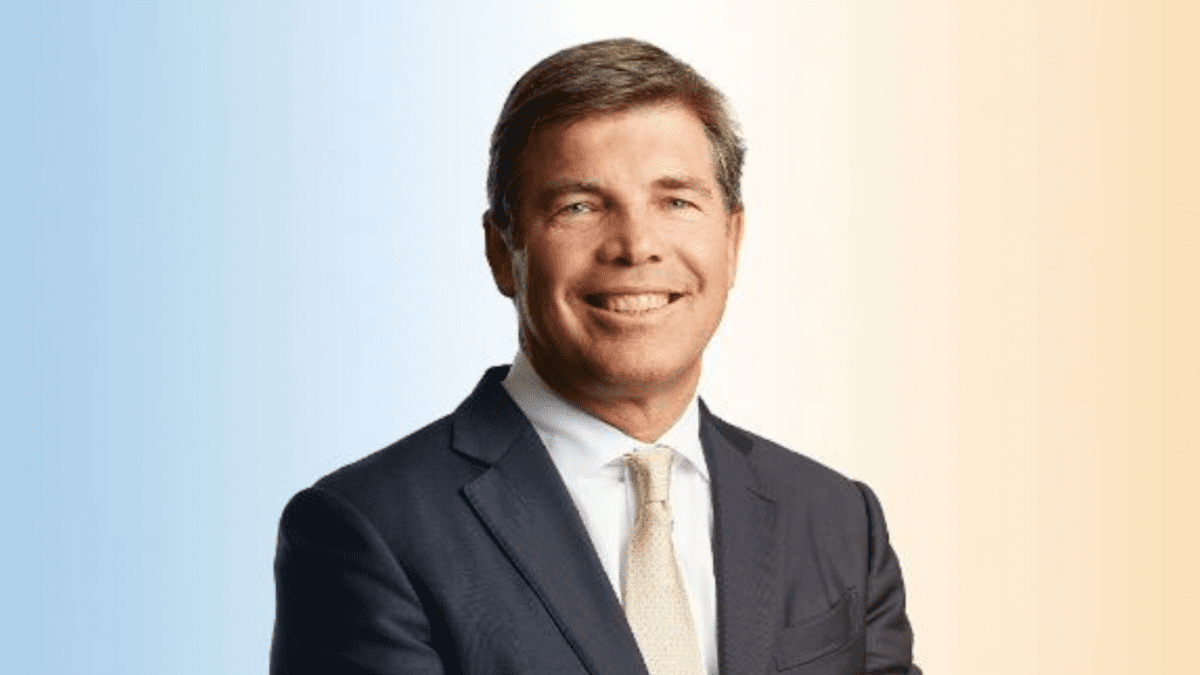Passive investors ‘losing out’ – Peter Lynch
The passive vs. active debate has now been around for several decades, effectively starting when Jack Bogle founded Vanguard in the 1960s. While headlines highlighting the below-average performance of ‘active’ managers make for great headlines, they offer little insight into what is actually occurring in equity markets around the world.
Peter Lynch is a well-known author and active investor, having written best sellers including ‘Beating the Street’ and ‘One up on Wall Street’. In an interview with Bloomberg this week discussing a significant charitable donation, Lynch suggested that those investors relying solely on passive options that track, say, the S&P500 or S&P/ASX200, were “losing out”.
In fact, he went even further, saying that “the move to passive is a mistake,” and ultimately referring to the sustained success and outperformance of his original suite of active funds, dubbed Magellan, and run by the team at Fidelity.
His comments were echoed while mindlessly scrolling through social media late at night, as many of us do, and stumbling on the extensive comments list accompanying recent posts from “finfluencers” and other investment commentators. In this case, they were referring to the recent “blip” on markets that had seen the index fall as much as 5 to 6 per cent in a few days.
Passive index funds and ETFs have been among the most popular options recommended and utilised by millennials, given their low cost, diversification and ease of implementation, many of which attributes I agree with. But I couldn’t help but feel the untested assumption held by many that investing is ‘easy’. That is, there is a general feeling that by simply buying and holding any index fund, your money will always go up over time.
A similar trend is occurring in discussions around residential property, with many people extrapolating recent returns into the future in perpetuity. They may well be right, but anyone who has been involved with investing knows that markets do not move in a straight line, nor do they always go up.
The investment conditions of 2020 and 2021, or even going as far back as 2015, have been near-perfect for passive investment strategies. Buoyed by what at the time was unconventional policy support, investors were rewarded for taking risk in almost every asset class. But you only need to look closer at the long-term returns chart to know that markets can sustain periods of significant underperformance and in some cases remain flat for as long as a decade.
There was a great deal of encouragement about staying the course, investing in what are unique conditions, with a swift rebound from a 5 per cent drop seen as showing patience by not selling. Yet it was only 18 months ago that global sharemarkets dropped as much as 40 per cent in just a few weeks.
This isn’t to say that investing into passive funds is wrong, quite the opposite. What I’m really trying to stress is that an investment in passive is just that, an investment in the index. You are guaranteeing a market return regardless of what that market does. Given the growing divergence, shifting geopolitical and economic landscape, it seems to me that it still makes sense to combine both passive and active approaches, not go all-in on either.








